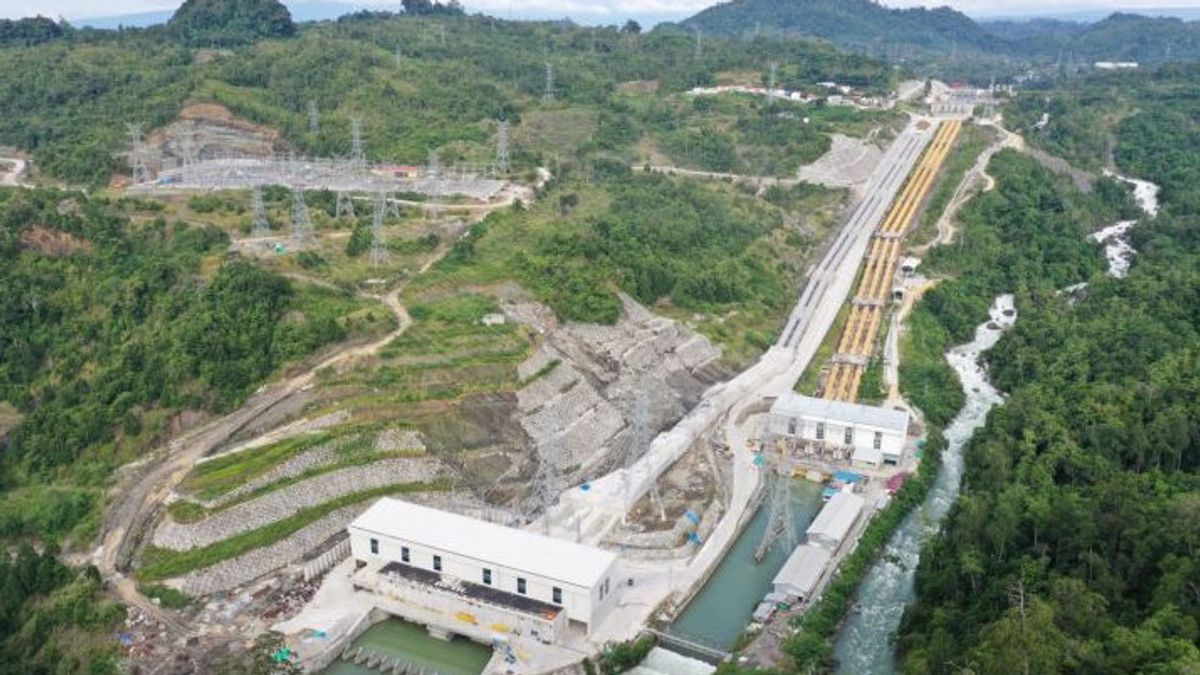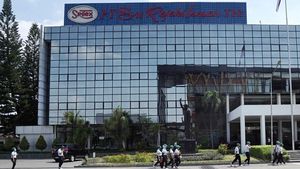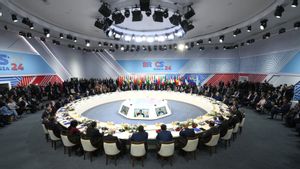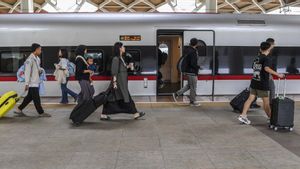JAKARTA - PT PLN (Persero) is committed to developing hydro power plants with a total capacity of 10.4 gigawatts until 2030. Achieving this target will support the success of the 2021 - 2030 Electric Power Supply Business Plan (RUPTL).
Director General of Electricity at the Ministry of Energy and Mineral Resources, Rida Mulyana, said that until February 2022, the electricity capacity from hydro power plants will be 6.6 gigawatts. That amount is about 9 percent of the total capacity of 74.4 GW. According to Rida, the potential for hydro power plants in Indonesia reaches 95 GW.
“The exploitation is still small even though the potential is big. But we believe that its development can be in accordance with the 2021-2030 RUPTL," Rida said in a statement to the media, Friday, April 22.
He continued, based on the calculation results of the Center for Research and Development of Electricity Technology, New Energy, Renewable Energy, and Energy Conservation (P3TEK) showed that there are more than 52 thousand locations that have the potential as hydro generators. The total hydro energy potential with a run off river system is 94,627 MW.
According to Rida, hydro power plants whose development will take a long time will help Indonesia achieve the 2060 net zero emission target.
“The development of hydropower will provide unlimited benefits to the new renewable energy mix. At the same time balancing the EBT power plant which is still intermittent," he said.
On the same occasion, PLN EVP Engineering & Technology, Zainal Arifin, said that the construction of a hydro power plant is the most appropriate at this time compared to other power plants. Moreover, hydro generators have various advantages. For example, the efficiency level is very high.
"Currently it is above 90 percent, the best of all energy technologies," said Zainal.
The capacity factor is also fairly high, at least 40 percent. Hydro generators are also able to accommodate fluctuations in power loads and are simpler to maintain.
Until 2030, PLN plans to develop a hydroelectric power plant (PLTA) of 9.27 GW and a micro-hydro power plant (PLTM) of 1.11 GW by 2030. Hydro-based power plants are the largest contributor compared to solar power plants and power plants. wind power in green RUPTL.
According to Zainal, to achieve a renewable energy mix of 23 percent by 2025, an additional 4.2 GW of hydro power is needed. Currently, 2.5 GW of hydro power is under construction, and 0.6 GW is in the funding stage. The remaining1 GW is still in the development stage.
PLN is currently in the construction stages for hydro power plants, including PLTA Jatigede 110 MW, PLTA Peusangan 1-2 88 MW, PLTA Asahan III 174 MW, and PLTA Upper Cisokan 1,040 MW.
In addition, there is also a 515 MW PLTA Poso in Central Sulawesi which has carried out a commercial operation date (COD) for an initial unit of 315 MW. Meanwhile, the other two units with a total of 130 MW have certificates of operation worthiness. There is also a PLTA Jatigede (2x55 MW) in West Java which is a collaboration between PLN and the Ministry of Public Works and Public Housing. Currently, the hydropower plant is in the construction stage with 87 percent progress.
Apart from its advantages, the development of hydro power plants also has a number of challenges. For example, the development takes a relatively long time, to the challenge of land acquisition.
“Hydroplants are indeed flexible to handle NRE plants that are still intermittent. However, the development of this power plant has significant challenges, such as land acquisition," said Zainal.
The English, Chinese, Japanese, Arabic, and French versions are automatically generated by the AI. So there may still be inaccuracies in translating, please always see Indonesian as our main language. (system supported by DigitalSiber.id)













